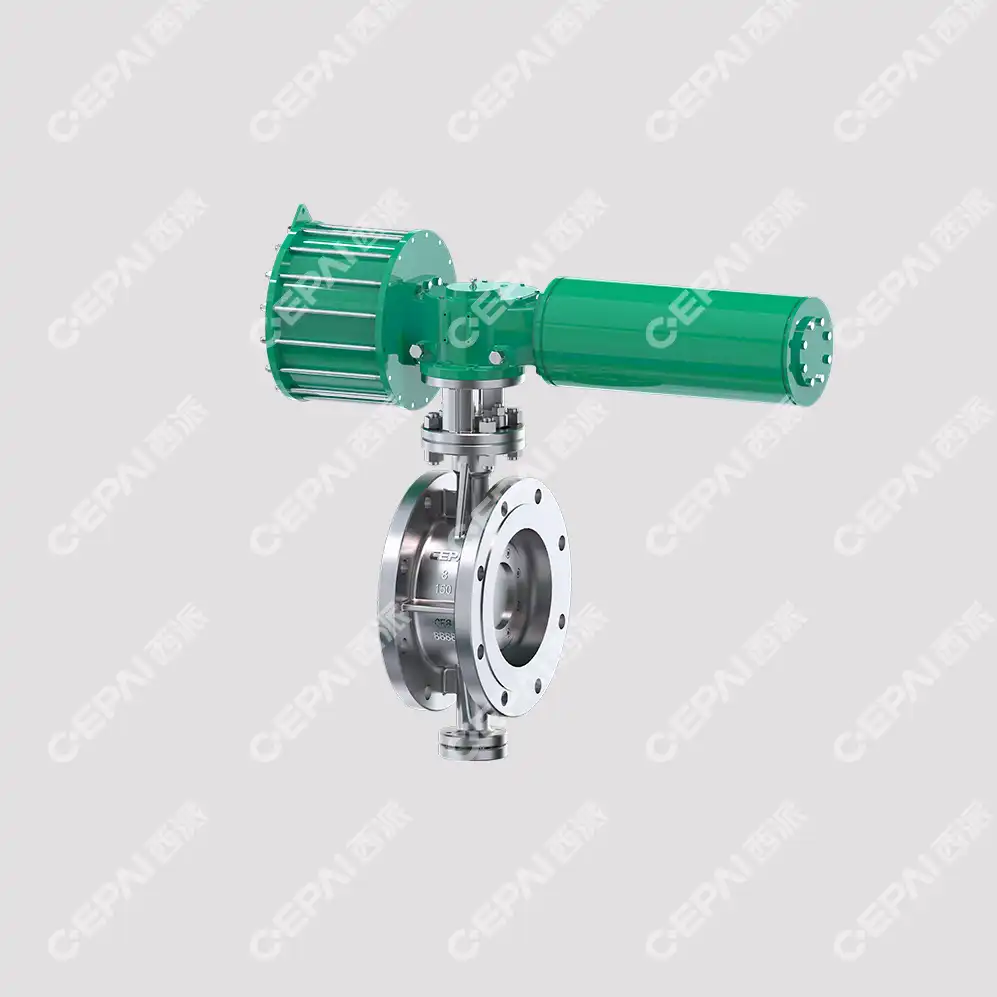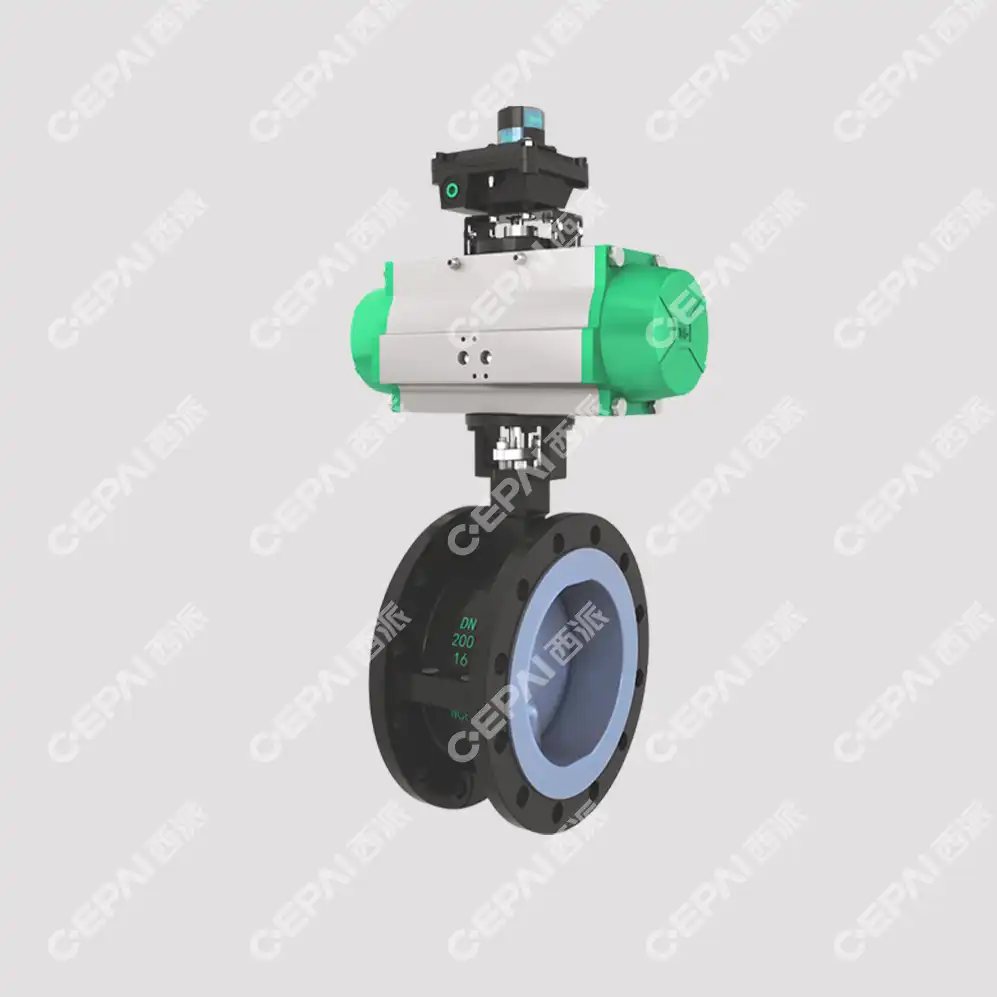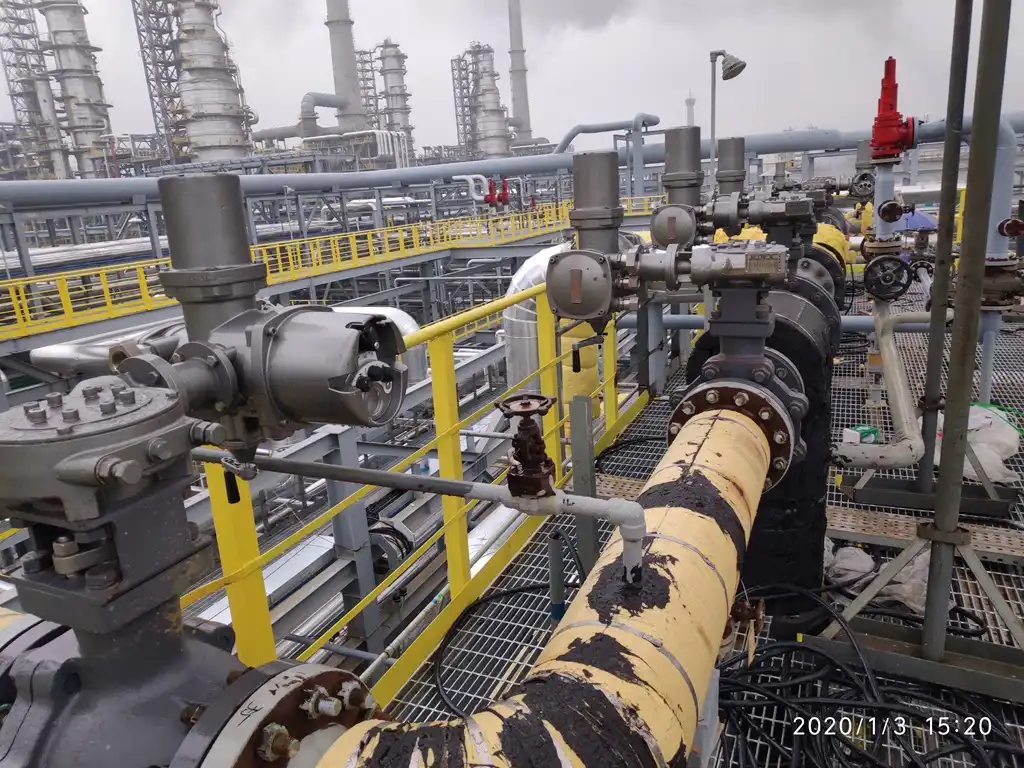Understanding Butterfly Valve Basics
Anatomy of a Butterfly Valve
Butterfly valves are quarter-turn rotational valves used to control flow in pipelines. They consist of a disc-shaped element that rotates on a shaft to open or close the valve. The main components include the body, disc, seat, stem, and actuator. The body houses the internal parts and connects to the pipeline. The disc is the primary flow control element, rotating to allow or restrict flow. The seat provides a seal between the disc and body when closed. The stem connects the disc to the actuator, which controls the valve's position.
Types of Butterfly Valves
There are several types of butterfly valves, each designed for specific applications:
- Concentric Butterfly Valves: These have a centrally located disc and stem, suitable for low-pressure applications.
- Double-eccentric Butterfly Valves: The disc and stem are offset from the centerline, reducing wear and providing better sealing.
- Triple-eccentric Butterfly Valves: These have three offsets, offering superior sealing and performance in high-pressure and high-temperature environments.
- Lugged Butterfly Valves: These valves have threaded inserts in the body, allowing for easy installation and removal.
- Wafer Butterfly Valves: Compact and lightweight, these valves fit between two flanges in the pipeline.
Operating Principles
Butterfly valves operate on a simple principle. When the actuator turns the stem, the disc rotates perpendicular to the flow path to close the valve or parallel to allow full flow. This quarter-turn operation makes butterfly valves quick and easy to operate. The disc's position can be adjusted to provide precise flow control. When fully open, butterfly valves offer minimal flow resistance, making them efficient for applications requiring low pressure drop. The sealing mechanism, typically an elastomeric or metal seat, ensures a tight shut-off when the valve is closed.
Key Factors in Butterfly Valve Selection
Size and Pressure Considerations
When selecting a butterfly valve, size and pressure ratings are paramount. The valve size must match your pipeline diameter for proper fit and flow characteristics. Pressure ratings indicate the maximum pressure the valve can withstand without leakage or failure. Consider both the normal operating pressure and potential surge pressures in your system. For high-pressure applications, double or triple-eccentric designs are often preferred due to their superior sealing capabilities. It's crucial to choose a valve with a pressure rating that exceeds your system's maximum expected pressure to ensure safety and longevity.
Material Selection
The materials used in butterfly valve construction play a vital role in their performance and durability. The body, disc, stem, and seat materials must be compatible with the fluid being handled and the operating environment. For corrosive fluids, materials like stainless steel, duplex stainless steel, or specialized alloys may be necessary. In high-temperature applications, metal seats might be preferred over elastomeric ones. Consider factors such as chemical compatibility, temperature resistance, and wear characteristics when selecting materials. The right material choice ensures longer valve life, better sealing, and reduced maintenance requirements.

Actuation and Control Options
The method of actuating and controlling your butterfly valve is another crucial consideration. Options include manual operation, pneumatic actuators, hydraulic actuators, and electric actuators. Manual operation is suitable for valves that require infrequent adjustment or in locations with easy access. Pneumatic actuators offer quick operation and are ideal for remote control in areas with compressed air availability. Hydraulic actuators provide high torque for large valves or high-pressure applications. Electric actuators offer precise control and are often used in automated systems. Consider factors like response time, power availability, and integration with your control system when choosing an actuation method.
Advanced Selection Criteria
Flow Characteristics and Cv Values
Understanding flow characteristics is essential for optimal butterfly valve selection. The flow coefficient (Cv) is a key parameter that indicates the valve's capacity to pass fluid. A fully open valve with a pressure drop of 1 psi may flow a volume of water. Higher Cv values indicate greater flow capacity. Butterfly valves typically have a non-linear flow characteristic, meaning the relationship between disc position and flow rate is not directly proportional. This non-linearity can be advantageous for fine control at lower flow rates. When selecting a valve, ensure its Cv value and flow characteristics align with your system requirements to achieve the desired flow control and efficiency.
Sealing Mechanisms and Leak Tightness
The sealing mechanism of a butterfly valve is crucial for achieving leak-tight shut-off. The degree of sealing performance provided by various seat designs can be rather variable. Soft seats, typically made of elastomers like EPDM or PTFE, provide excellent sealing in low to medium-pressure applications and with clean fluids. Metal seats, often used in high-temperature or abrasive service, offer durability but may have higher leakage rates. Triple-eccentric butterfly valves with metal seats can leak almost nothing, which makes them good for uses that need to shut off quickly. Think about how leak-tight your application needs to be as well as things that can change the sealing performance over time, such as seat wear, heat expansion, and changes in pressure.

Environmental and Safety Considerations
When choosing a butterfly valve, it is important to consider environmental and safety concerns, particularly in the gas and oil sector. Before using the valve in a potentially dangerous situation, make sure it is fire-safe. In the event of a fire, fire-safe valves will not lose their structural integrity or sealing capability, regardless of the temperature. Another crucial factor to think about is fugitive emissions. To meet environmental laws and minimise leaks, search for valves that have low-emission packing and sealing systems. For offshore or corrosive environments, consider valves with special coatings or materials that resist saltwater corrosion. To make sure the valve complies with safety regulations, you should also check its noise characteristics, especially when it comes to applications with a large pressure drop.
Conclusion
Several factors must be considered before settling on the best butterfly valve for your pipeline. Considering more complicated features, the most important selection variables, and being knowledgeable with valve basics will help you make a decision that improves the performance and reliability of your pipeline. See at what the application needs, conversation to specialists in the field, and think approximately how much it will taken a toll to run and keep up over time. With the right butterfly valve, you can better control the flow, make the system work more efficiently, and make sure that your oil and gas pipeline systems are safe and reliable.
Contact Us
For expert guidance on selecting the perfect butterfly valve for your specific pipeline needs, trust CEPAI Group. Our extensive range of high-quality valves and deep industry expertise ensure you get the optimal solution for your application. Contact us at cepai@cepai.com to discover how our innovative valve technologies can enhance your pipeline performance and reliability.


_1746598538016.webp)



